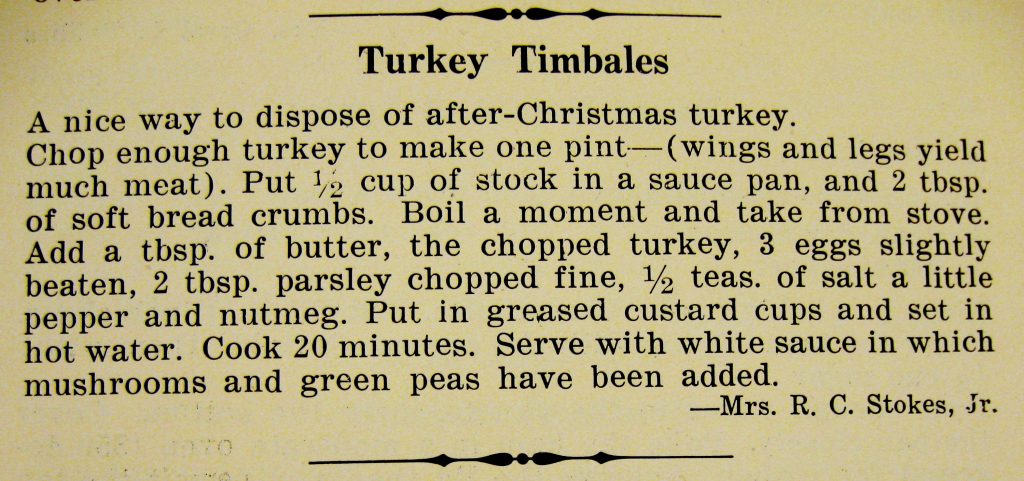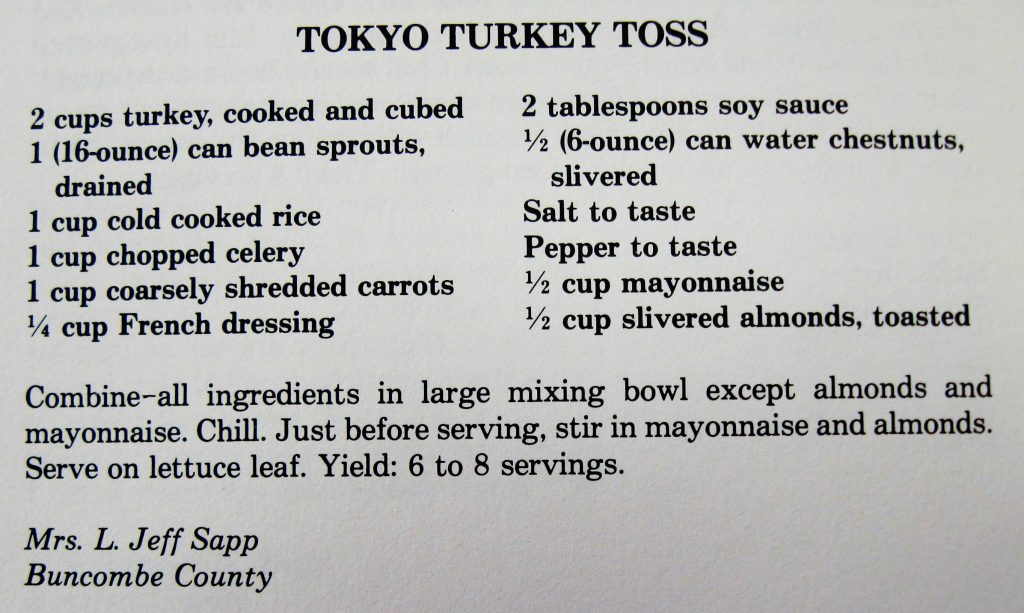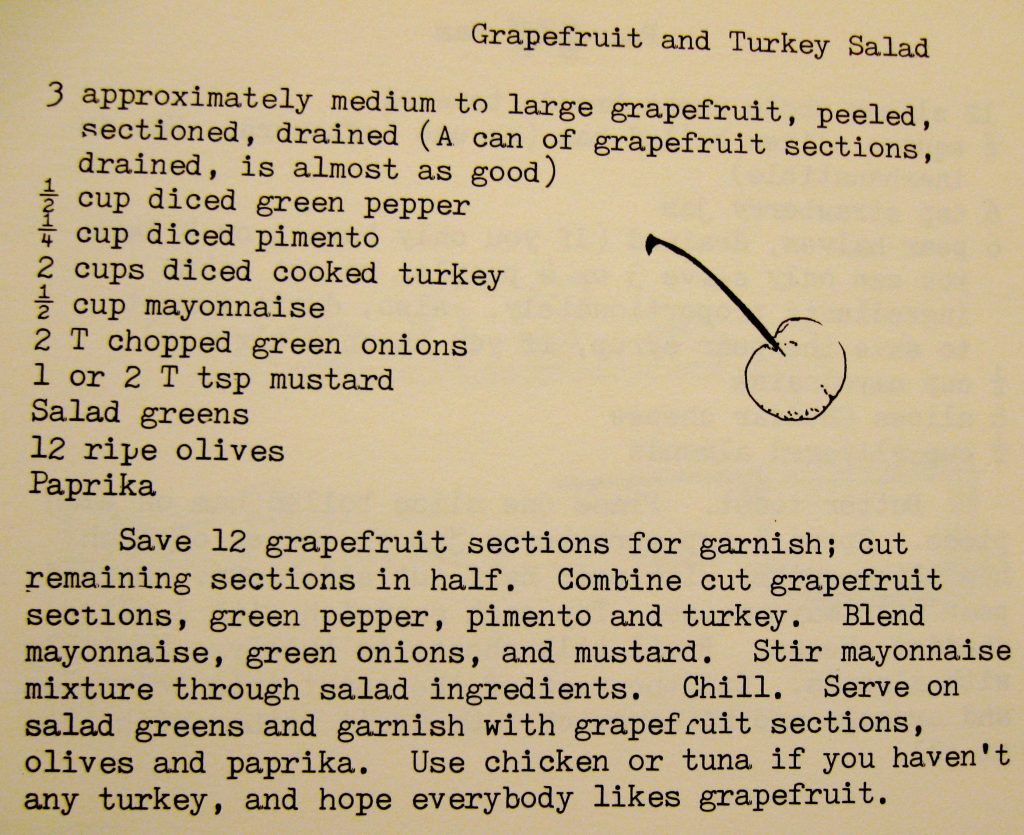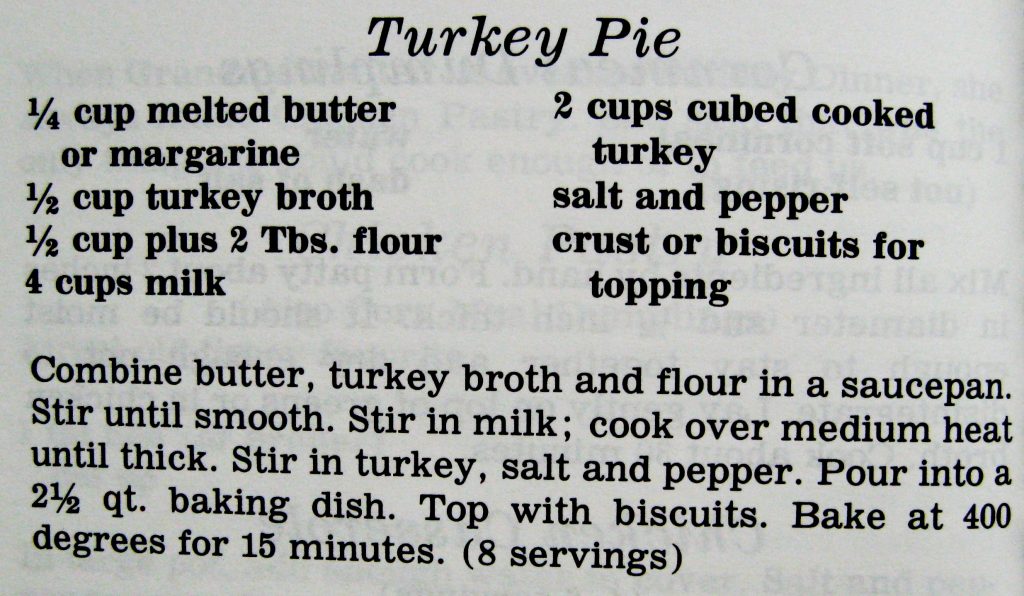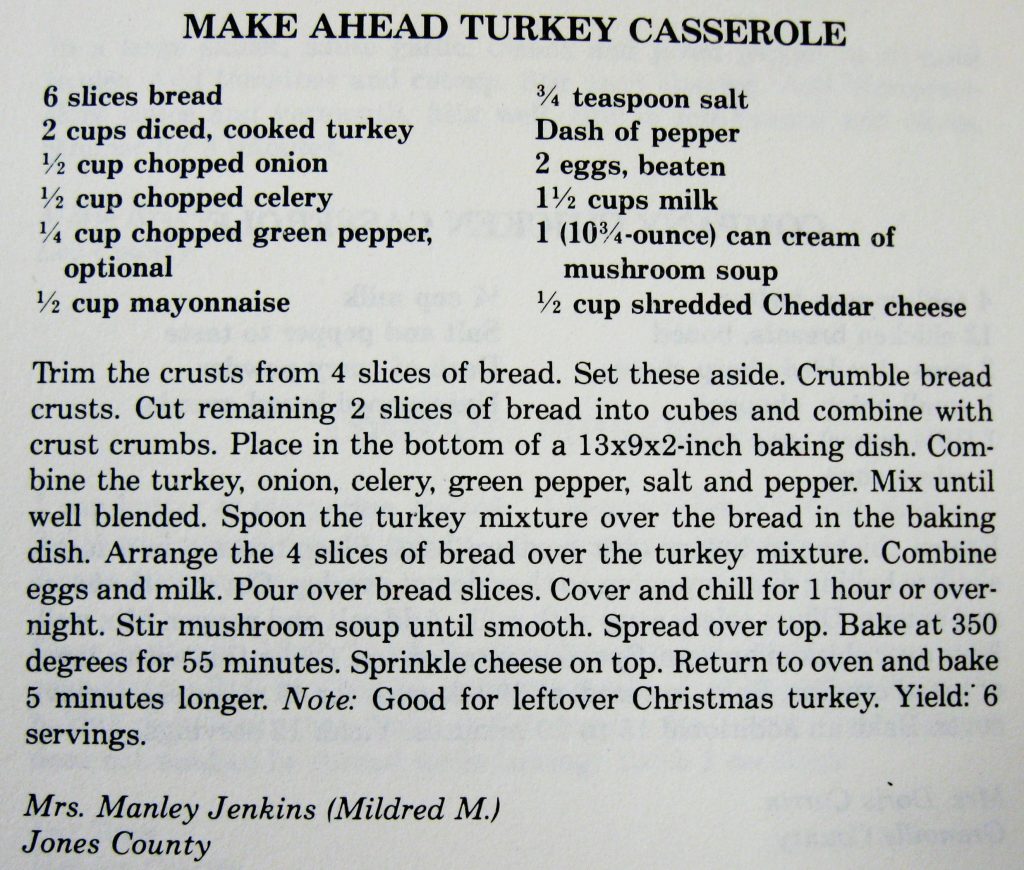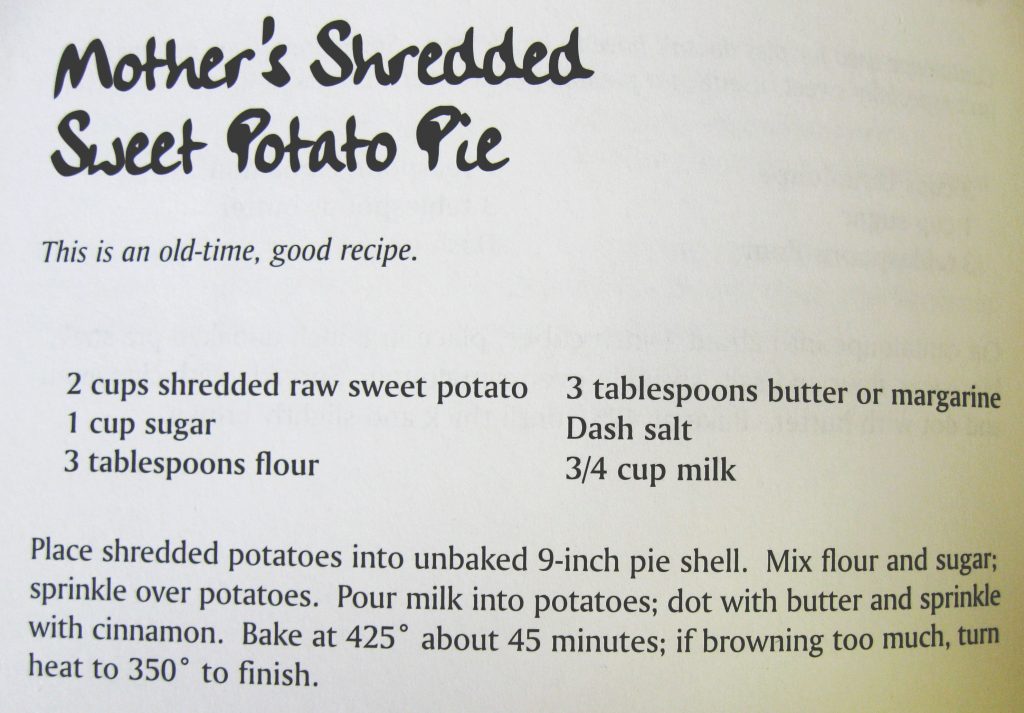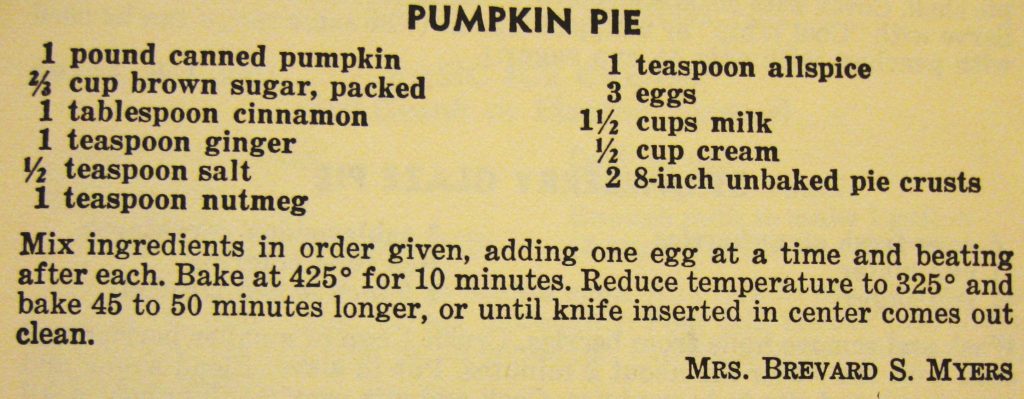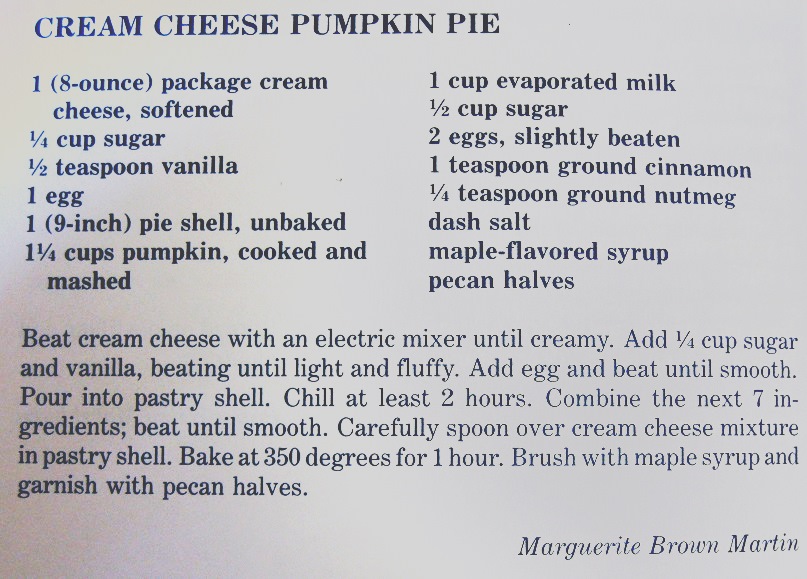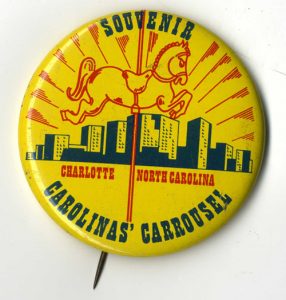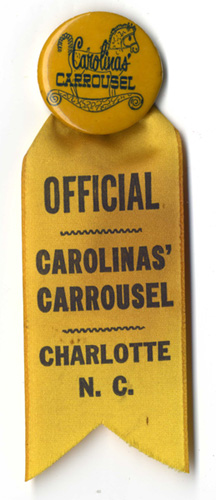“In 1850, a strange package arrived at the North Carolinian [in Fayetteville]. It contained a letter and what appeared to be the rotting organ of an animal.
“ ‘The piece which was left with us,’ the editors wrote, ‘has been examined with two of the best microscopes in the place,’ and certainly contained blood. ‘It has the smell, both in its dry state and when macerated in water, of putrid flesh; and there can be scarcely a doubt that it is such.’
“Thomas Clarkson, who lived on a farm about 13 miles southwest of Clinton, wrote the accompanying letter: ‘On the 15th of Feb’y, 1850, there fell within 100 yards of the residence of Thos. M. Clarkson in Sampson county, a shower of Flesh and Blood, about 50 feet wide, and… 250 or 300 yards in length.’….
“The Clarkson family were not the only witnesses to this strange phenomenon in North Carolina. It was reported to have rained flesh on a farm near Gastonia in 1876, and a shower of blood in Chatham County in 1884 was investigated by none other than F. P. Venable, a young chemist who went on to become president of the University of North Carolina.
“These are only a few of the two dozen reported such cases occurring in 19th-century America. Blood and meat were claimed to rain down on slave and soldier, adult and child. Even if all the events were hoaxes, it remains one of the strangest and most obscure artifacts of our cultural psyche.”
— From “The day it rained blood and guts in North Carolina” by Tom Maxwell at Indy Week (Oct 29, 2014)
More on “flesh falls” from Harnett County historian John Hairr.

